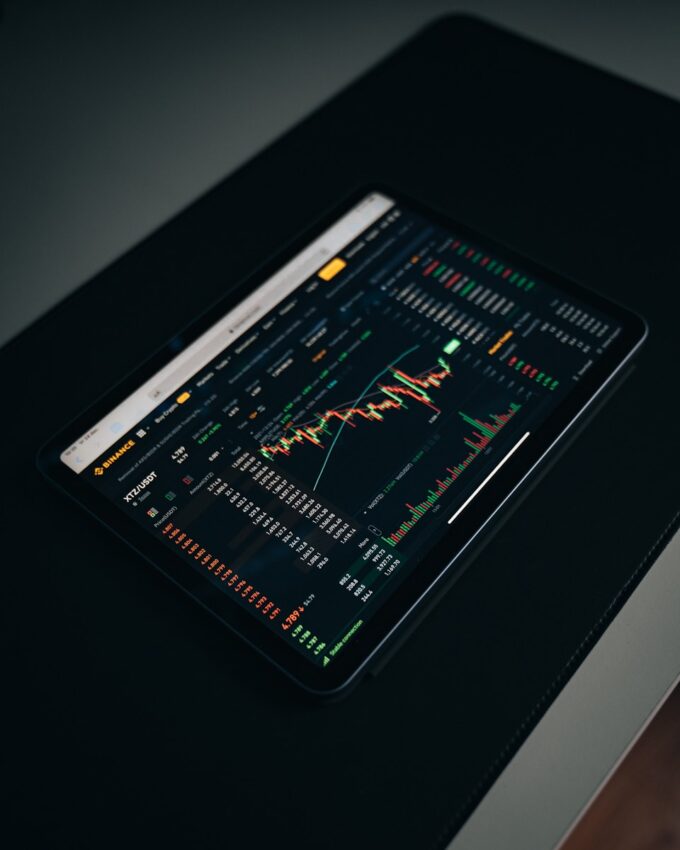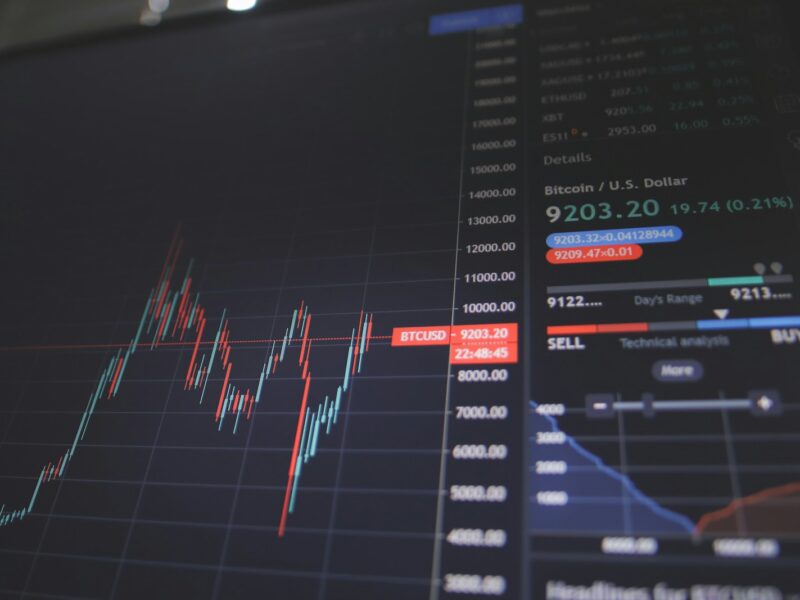MT4 is a tried and true platform for developing automated trading strategies. While it can seem overwhelming at first, taking some time to acquaint yourself with the interface pays dividends down the road. Start by downloading the desktop client – this allows you to backtest approaches on virtual “demo” accounts before applying them with real funds.
Getting Started with MT4
Play around with setting up different chart types, indicators, and manual trade executions. This familiarizes you with MT4’s toolbox. Key things to explore include customizing chart windows for each market you want to automate, as well as indicator favorites like Moving Averages. The platform elegantly brings together powerful behind-the-scenes coding with an intuitive front-end design.
Take initial backtests slowly, without strict rules programmed in. This lets you “walk before you run”, understanding how concepts like momentum shifts or mean reversions appear in price action. Only with this experiential grounding will theoretical strategies translate smoothly to automated flow. MT4 excels by merging manual market understanding with quant models – an ideal starting point in your MT4 automated trading journey.
From Concept to Code
With a grasp of MT4’s basics, you’re ready to conceptualize your first automated strategy. Consider your risk tolerance, preferred asset classes, and trading timeframes. Sketch out entry and exit rules based on indicators like Moving Averages or Bollinger Bands. Then you can code the system using MT4’s built-in MQL programming language. Test it thoroughly on historical data before trusting real funds to the strategy. Iterative testing and refinement is key to developing robust automated models.
Backtesting for Insights
Backtesting simulated trades on historical price data provides valuable insights into a system’s expected behavior in different market conditions. Examine drawdown, profit factors, average trade outcomes and more. Focus refinement on strengthening areas of weakness exposed through rigorous backtesting. Automated trading leaves little room for on-the-fly decision making, so invest time ensuring your strategies are well-conditioned to navigate both trends and volatility.
Diversification for Reduced Risk
Diversification is a cornerstone of long-term investment success. For automated strategies, this means considering multiple markets, timeframes and system styles. For example, pair a short-term momentum system with a mean-reverting model focused on major currencies. Vary entry and exit rules between systems as well. Compose your portfolio as you would a manual one – with an eye toward balancing risk across different market segments. Automated diversification takes the discipline out of your hands, so plan carefully.
Ongoing Optimization
Once a system is constructed, your work isn’t done. Markets evolve constantly, so strategies require ongoing optimization to changing conditions. Establish a review schedule to monitor performance and make calibration adjustments as needed. New releases of MT4 may also enable tweaks to increase efficacy. Don’t be afraid to retire strategies that lose their edge – or even start fresh with a new approach if your rationale changes. Active maintenance is needed to maximize the potential of automated trading over the long-run.
Conclusion
MT4 equips investors with powerful tools to systematically capture returns across diverse markets. With disciplined strategy development, rigorous testing practices and an eye on constant refinement, automated trading can optimize investment success when done responsibly. Always remember to balance risk appropriately for your specific goals and situation. Stay curious, test assumptions, and focus on the learning experience.



